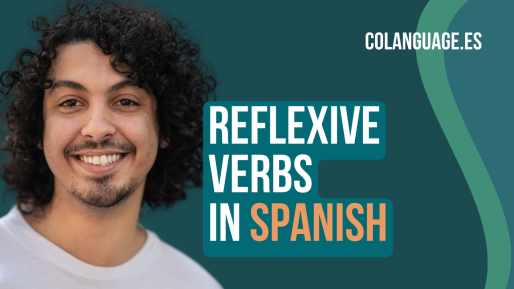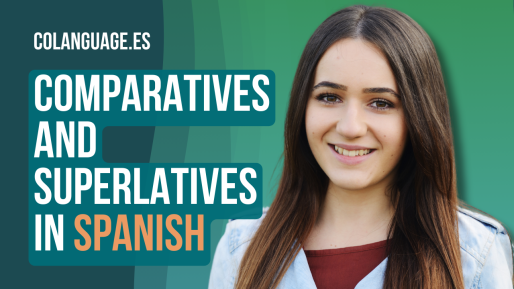Definite and indefinite articles in Spanish Share Copied!
Spanish Where are you from? A1 To introduce oneself
Hi and welcome! In this lesson, we are going to learn how to use the articles in Spanish.
<< ¿De dónde eres? (Where are you from?)
Video
Podcast
What are articles?
Articles are words used before nouns to indicate if they refer to something specific (definite: "the") or something non-specific (indefinite: "a", "an"). There are two types of articles: definite and indefinite.
-
Voy a la tienda a comprar pan (I'm going to the store to buy bread)definite
-
Quiero comprar un libro en esa librería (I want to buy a book at that bookstore)indefinite
Definite articles: "the"
Definite articles are used to refer to specific things, such as days of the week, time, body parts, or possessions. They all translate to the English word "the".
| Gender and number | Spanish | English |
|---|---|---|
| Feminine, singular | La mesa está en la cocina. | The table is in the kitchen. |
| Feminine, plural | Son las tres de la tarde. | It's three in the afternoon. |
| Masculine, singular | El perro de mi hermana corre muy rápido. | My sister's dog runs very fast. |
| Masculine, plural | Los chicos juegan a fútbol en el patio de recreo. | The boys play soccer in the playground. |
In Spanish, after certain prepositions you omit the article.
El azúcar (The sugar) Azúcar (Sugar)
Prefiero el té sin azúcar (I prefer tea without sugar)
Listening exercise
This dialogue shows the use of the Spanish definite articles.
| Spanish | English | |
|---|---|---|
| María | ¿Has visto la película que está en el cine? | Have you seen the movie that is in the cinema? |
| Daniel | Sí, me gustó mucho. Las actuaciones fueron geniales. | Yes, I liked it a lot. The performances were great. |
| María | Sí, los actores tienen mucho talento. | Yes, the actors have a lot of talent. |
Definite articles are placed before the noun they complement and they agree with the gender and number of the noun.
Indefinite articles: "a", "an", "some", "a few"
Indefinite articles are used when talking in a more general way, describing people, or talking about one single thing. In English, we use "a" or "an" for singular nouns and "some" or "a few" for plural nouns.
| Gender and number | Spanish | English |
|---|---|---|
| Singular, masculine | Conozco un parque cerca de aquí. | I know a park nearby. |
| Singular, feminine | Una ciudad grande siempre tiene algo que ofrecer. | A big city always has something to offer. |
| Plural, feminine | ¿Has visto unas llaves pequeñas por aquí? | Have you seen some small keys around here? |
| Plural, masculine |
Llego en unos minutos. |
I’ll arrive in a few minutes. |
In specific cases, such as talking about identity or dates, articles can be omitted in Spanish. If you add the article, the meaning of the sentence can change.
Soy estudiante de medicina. (I am a medical student.)identity
Hoy es martes. (Today is Tuesday.) dates
Listening exercise
In this listening exercise, we will practise the Spanish indefinite articles.
| Spanish | English | |
|---|---|---|
| María | Ayer vi un documental sobre animales. | Yesterday I watched a documentary about animals. |
| Daniel | Yo vi una película de acción con unos amigos. | I watched an action movie with some friends. |
| María | ¡Qué bien! Yo también estaba con unas amigas. | That's great! I was also with some friends. |
Just like definite articles, in Spanish there are four sets of indefinite articles depending on their number and gender.
Key takeaways
Here is a quick summary of this lesson.
- There are two types of articles: definite and indefinite.
- Definite articles refer to something specific ("the").
- Indefinite articles refer to something more general ("a"/"an").
- Articles placed before the noun they complement.
- They agree with the gender and number of the noun.
Subscribe to our social media channels to get free daily exercises!



